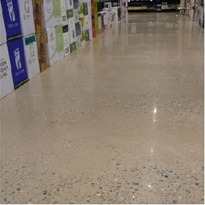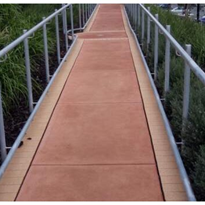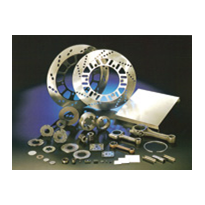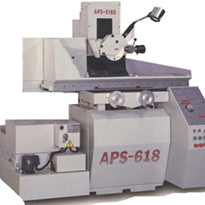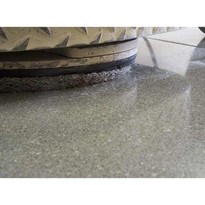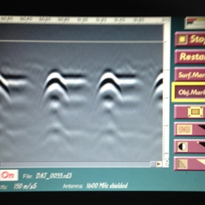Small blowholes (less than, say, 10 mm) tend to be approximately hemispherical while larger ones are irregular and often expose coarse aggregate particles.
They tend to be more prevalent towards the top of a concrete placement than at the bottom, due to the increased compaction and static head at the bottom layer of the pour.
Generally, they are regarded as an appearance problem though a concentration of large blowholes may lead to loss of durability. Under AS 3610 Formwork for Concrete, the size/extent of blowholes is therefore one of the criteria by which an off-form surface finish can be evaluated.
This standard incorporates full-size photographs, which enable a particular surface to be assessed for compliance with the specified class of finish.
When using normal - that is impermeable - forms it is impossible to achieve a blowhole-free surface. However, the use of permeable forms may significantly reduce, if not eliminate, the incidence of blowholes.
Blow holes (sometimes called bug holes) are individual rounded or irregular cavities that are formed against the formwork and become visible when it is stripped
What causes blowholes?
Blowholes are caused by the entrapment of air against the inside face of the formwork. The extent to which they occur is dependent on:
- The texture and stickiness of the formwork surface,
- The inclination of the surface (the incidence of blowholes is increased where the formwork surface slopes inwards),
- The use of a poorly proportioned or sticky concrete mix, and
- The amount of vibration.
Practices to minimise the occurrence of blowholes To minimise the incidence of blowholes:
- Use rigid well-braced formwork.
- Avoid the use of inwardly-sloping forms where possible.
- Apply a thin coat of a form-release agent that spreads evenly and is not sticky.
- Where appropriate use permeable formwork.
- Avoid ‘sticky’ concrete mixes, e.g. ones that may be over-sanded or have a high percentage of air-entrainment, and mixes that are too lean.
- Place concrete at a rate such that its rise up the form is not less than 2 m/h vertically.
- Ensure that the member is adequately compacted (see Compaction of Concrete data sheet for guidance on size of vibrator, spacing of insertion points and technique).
- Pull vibrator up slowly through the concrete layer allowing time for the entrapped air to rise to the surface.
- Ensure the concrete against the surface is properly compacted.
- Revibrate the top placement layer at about the same time as if a further layer was being placed on top.
Repair of blowholes
It is better to minimise the occurrence of blowholes than to try and repair the surface. Generally, unless the surface is going to be viewed from close range, the frequency and distribution of blowholes for a Class 3 surface finish as specified in AS 3610 will be acceptable from an appearance point of view.
If repairs are contemplated, consideration should be given to the appearance of the repaired surface relative to adjacent untreated surfaces. Filling the holes with a slightly different coloured concrete may make the blowholes more obvious. Also, repairs should be carried out at a stage that will allow the final architectural treatment to be completed.
As a general rule, mortar used for patching should be made from the same materials as the original concrete except that a proportion of off-white cement should be mixed with the original cement to lighten the colour and thus better match the existing surface. Alternatively, thick applied coatings such as high-build or thick epoxy coatings may be used to fill and/or mask blowholes.


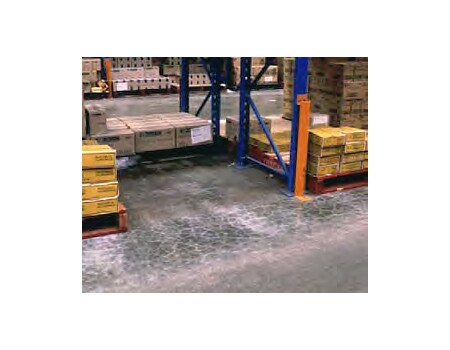




-160x160-state_article-rel-cat.png)


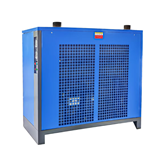
-160x160-state_article-rel-cat.png)

-160x160-state_article-rel-cat.png)







-160x160-state_article-rel-cat.png)



